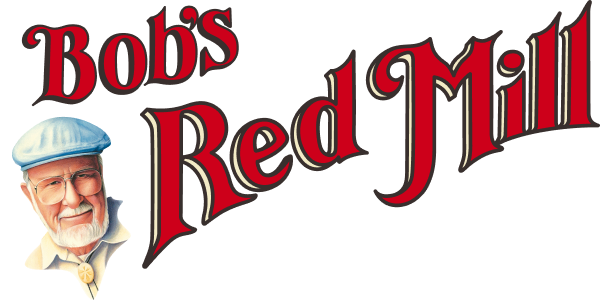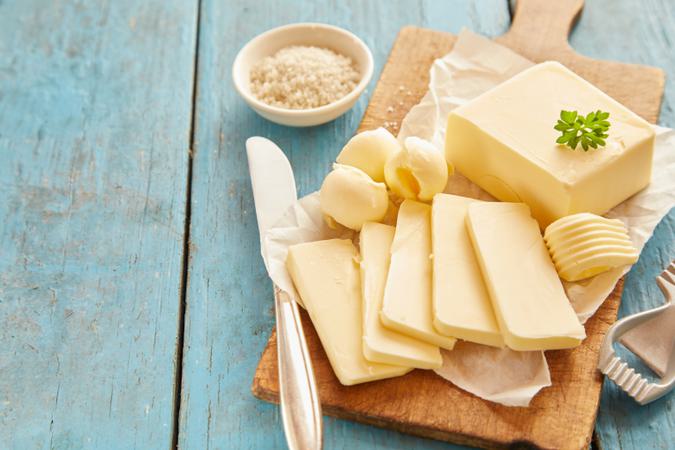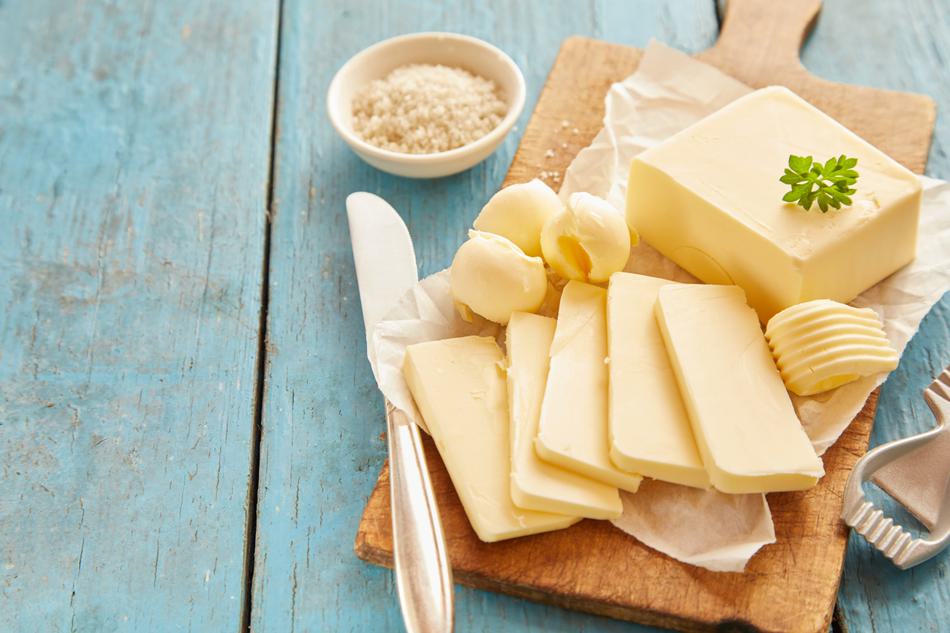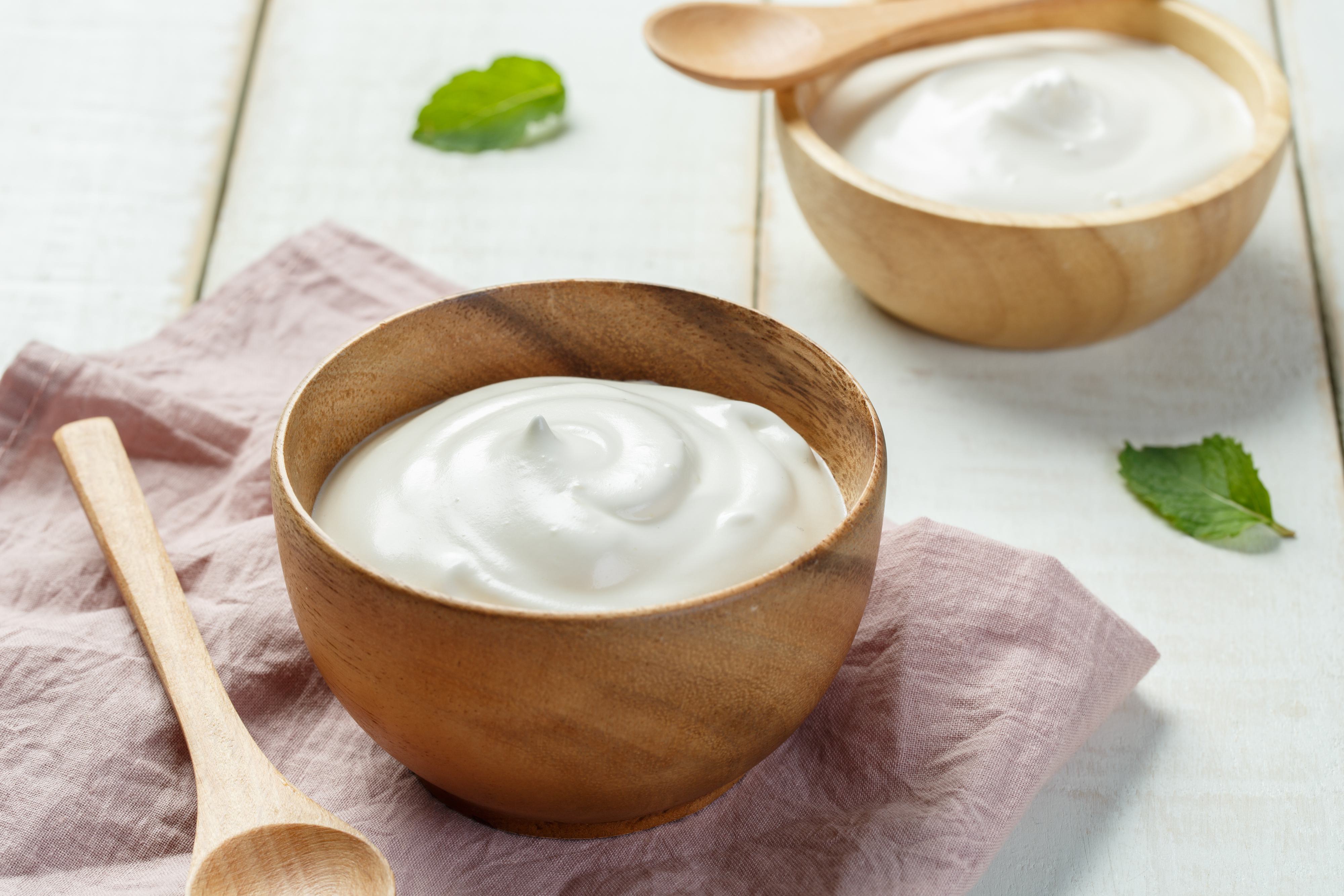



 Yogurt can be a great and nutritious butter substitute for recipes if you are looking for a healthy, low fat, and low calorie replacement to butter. Greek yogurt can provide a rich and tangy flavor to baked goods, much like its counterpart, buttermilk, and with less overall fat and calories.
Yogurt can be a great and nutritious butter substitute for recipes if you are looking for a healthy, low fat, and low calorie replacement to butter. Greek yogurt can provide a rich and tangy flavor to baked goods, much like its counterpart, buttermilk, and with less overall fat and calories.